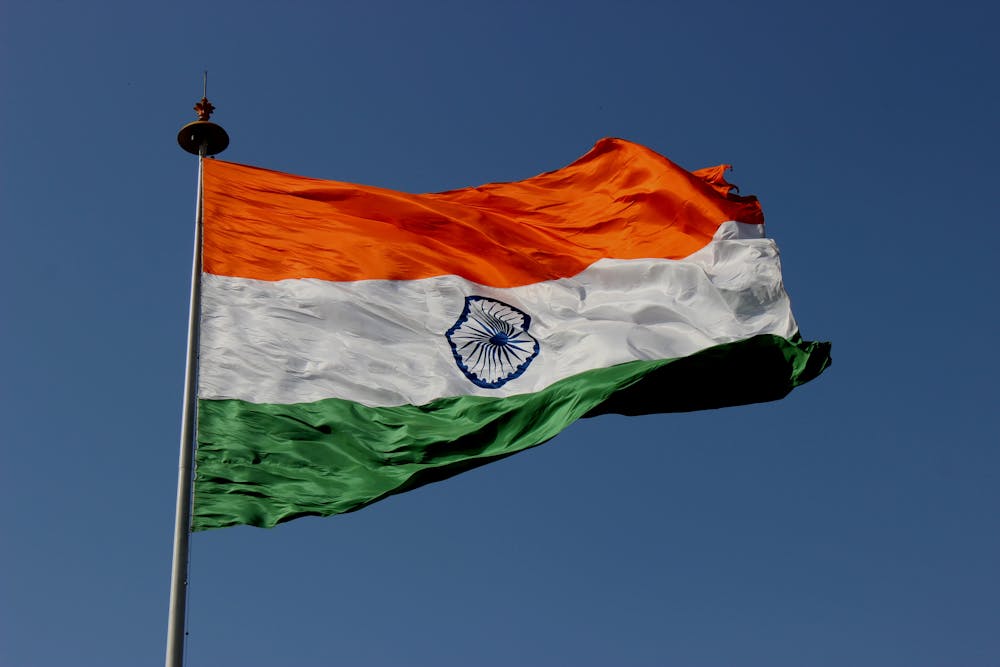
Facts on India’s first war of independence
Molten amber phoenix with its golden stature had its feathers scattered and ripped mercilessly in the cage of British colonial rule that did not leave past any efforts in crushing the dignity and heritage of the once glorious past.
Trying to end the bloody catastrophe that was bestowed on the Indian subcontinent, innumerable veterans and common folks lost their lives yet the most powerful force that had seized the land of Indus was neither the East India company’s militaria nor the imperial crown of England but the consciousness of inferiority that suppressed the magnanimous Bharatvarsh legacy.
Roots of an unparalleled vibrant culture extending from the tundral regions of Himalayas to the very far end of Cape Comorin, from Baluchistan in the west that was once the cradle of an unknown buried civilization to the very northeastern regime of fierce warriors, every ounce of the unique land was exploited by the ones that considered the native’s uncivilized slaves that had were only suitable to bow their heads and serve.
The scarlet of ruby gem encrusted as the eyes of the golden Bharat was bleeding tears of blood as the mental oppressions turned the people’s morals into dust while forty-five trillion dollars of treasures were looted as the children and elderly starved on the dirt matted streets.
The remarkable nationalist flame of the 1857 rebellion marked the beginning of a new era of the supreme sun that shall rise at the horizons of the Indian subcontinent, yet the cost of defending one’s motherland was humiliation and death, a life of the war prisoners that was so inhumane that even death looked beyond merciful.
Among many factors that were responsible for the rebellion was also a spark from a sepoy mutiny from Meerut, the cause was the ammunition for the new Enfield pattern 1853 rifled musket, guns that earlier used paper cartridges was now rumored to use beef, that was a meat derivative from the cow and lard derived from pork which disrupted both Hindu and Muslim sentiments.
Other reason for the rebellion came from the doctrine of lapse made for the noble, under this titles and domain were not to be given to the adopted children of legal heirs, rebellion leaders such as Nana Saheb and Rani of Jhansi belonged in this category. Another group, talukdars which were the second group to have sentiments of unrest were provoked when land Reforms came in the process of annexation of Awadh and they lost their landed estate.
Nana Sahib to collect the masses enthroned himself to the seat of Peshwa and declared Bahadur Shah Zafar, the last Mughal King as the emperor of India while he himself became his Governor.
Alas, the emperor of the great Hindustan, Bahadur Shah Zafar was defeated and exiled from his territory while two of his sons were captured and murdered in cold blood for extending his support to the Indian nationalists. Riots broke throughout in protests and massacres followed as a way of eradicating the rebellion. The courageous queen of Jhansi died fighting in a battle and various others like them lost their lives but even though they had died with the dream of freedom in their eyes yet it gave hope of breaking free from the nightmare to the Indian population.
British sources from then declare that the mutiny of 1857 was crushed but in reality it was the time for the great revolution and the war of 1857 was no mutiny instead it was India’s first war of independence where thousands sacrificed their lives and were brutally killed in cold blood but from there the true spirit of liberty and Indian nationalism rose